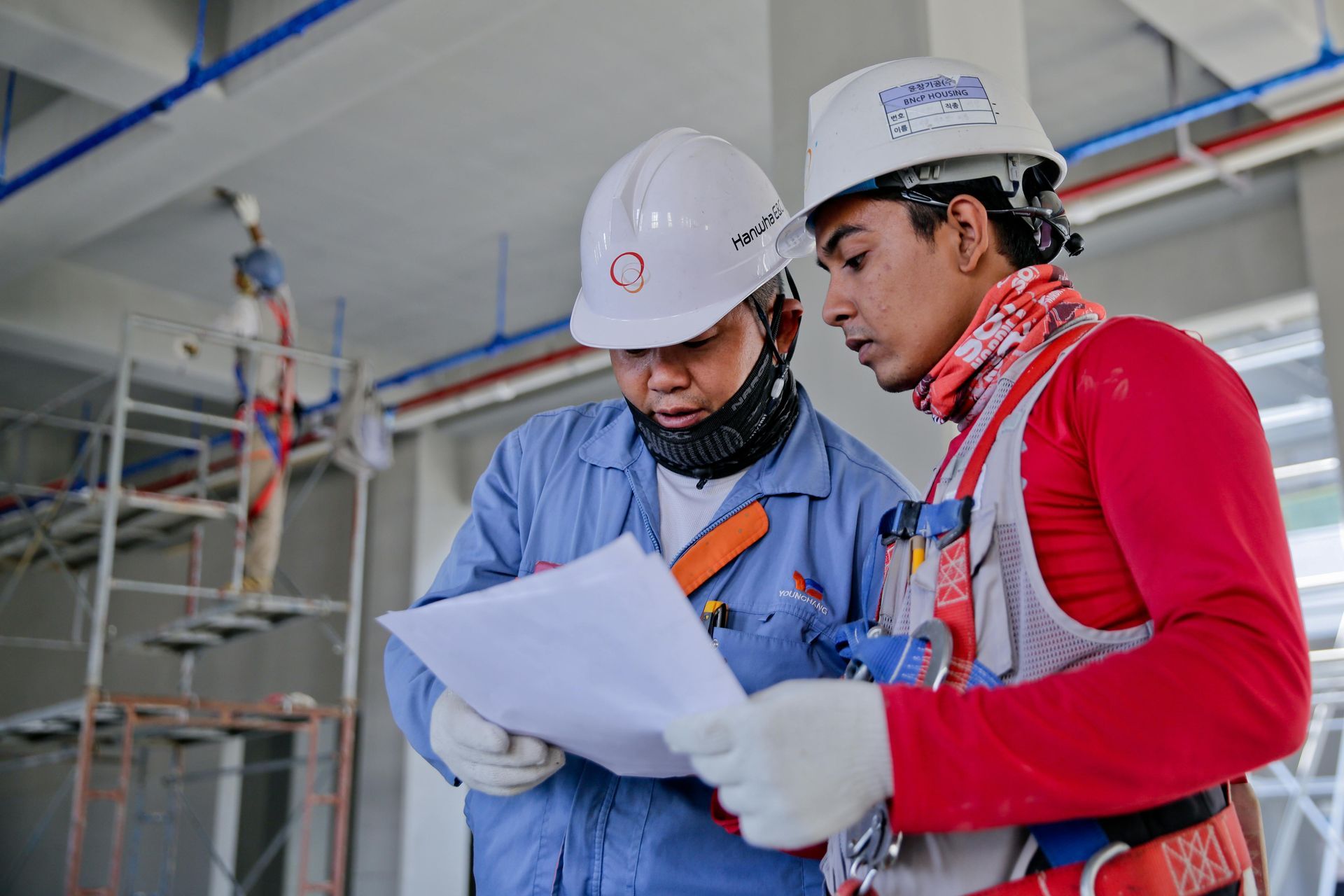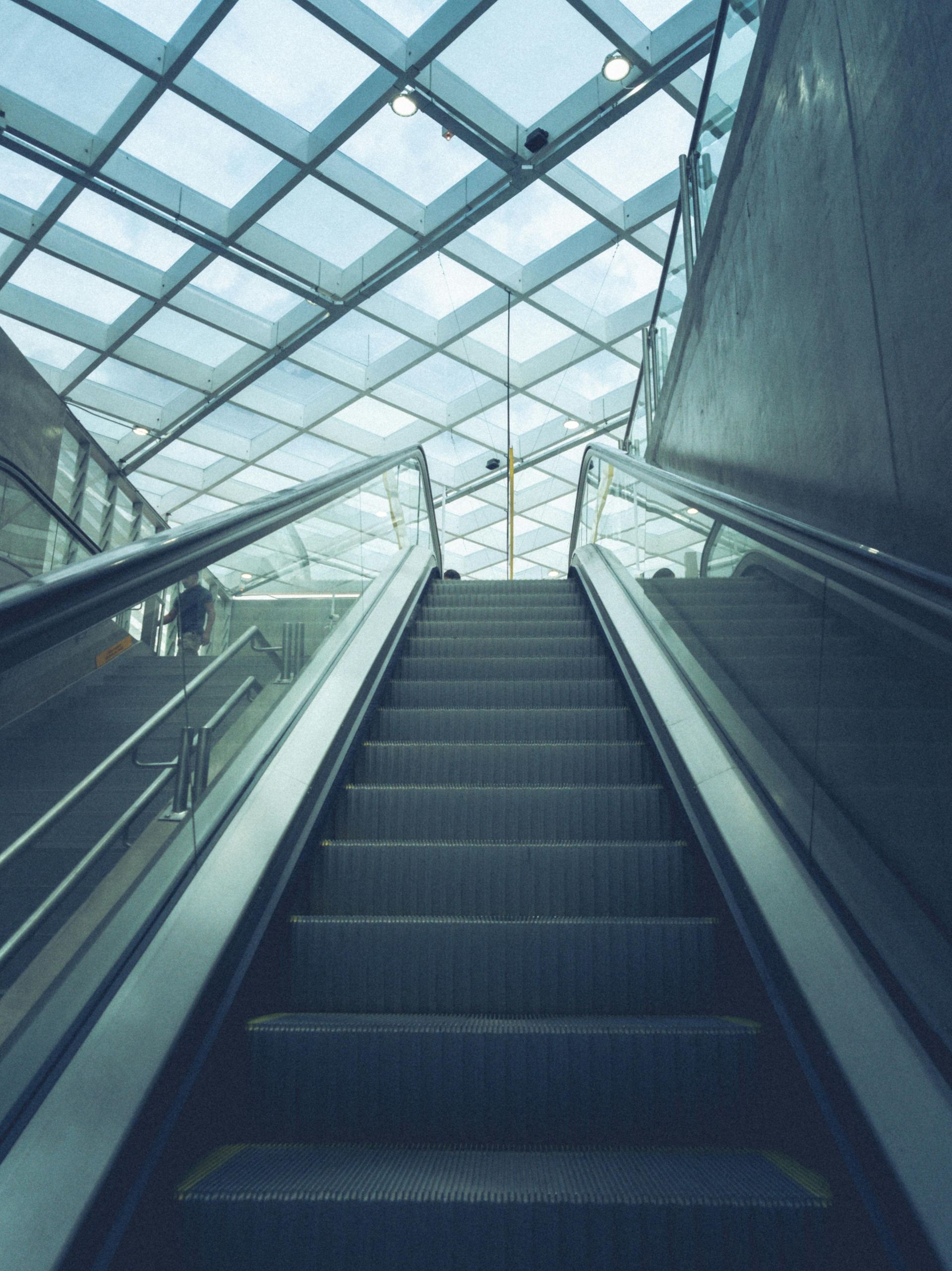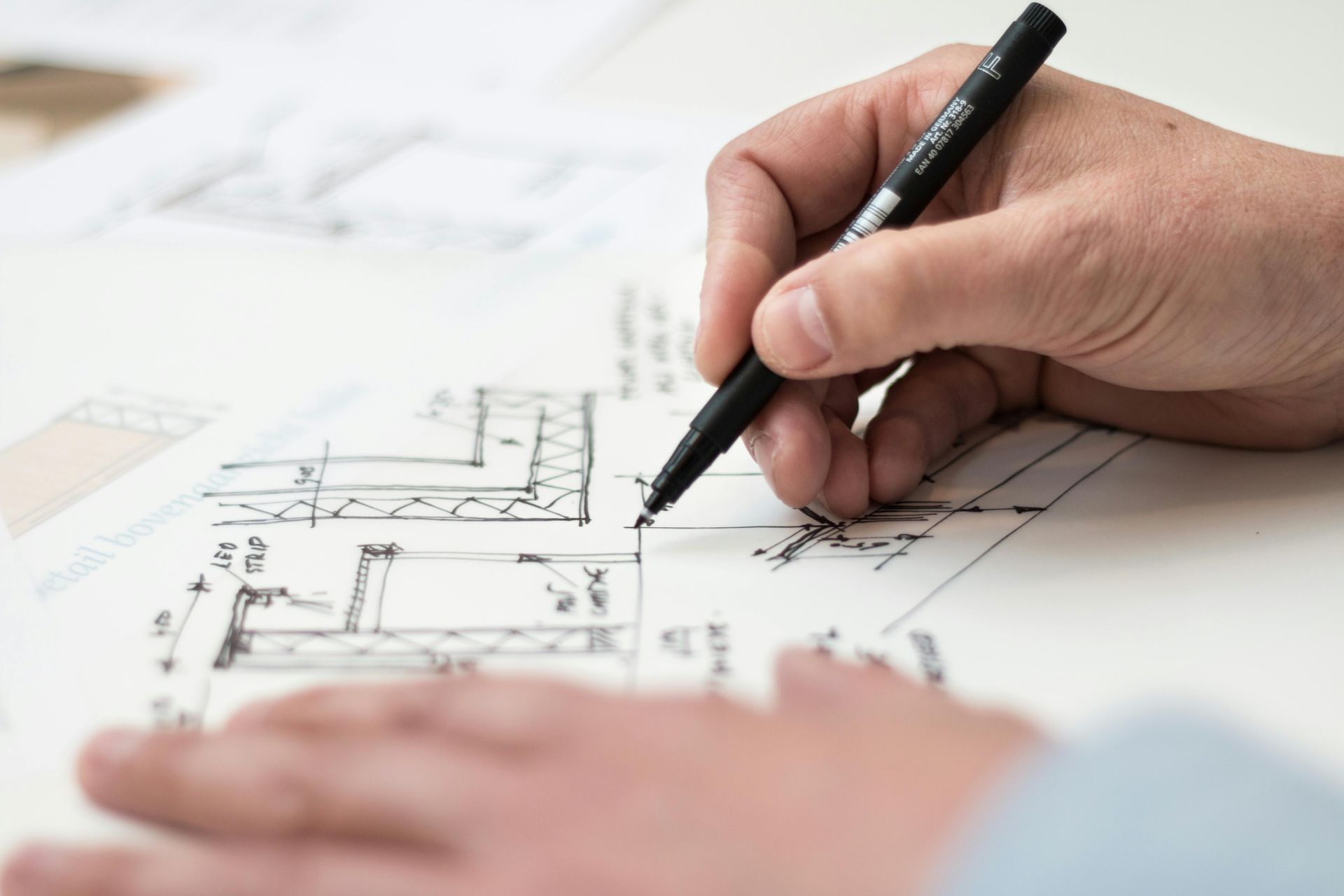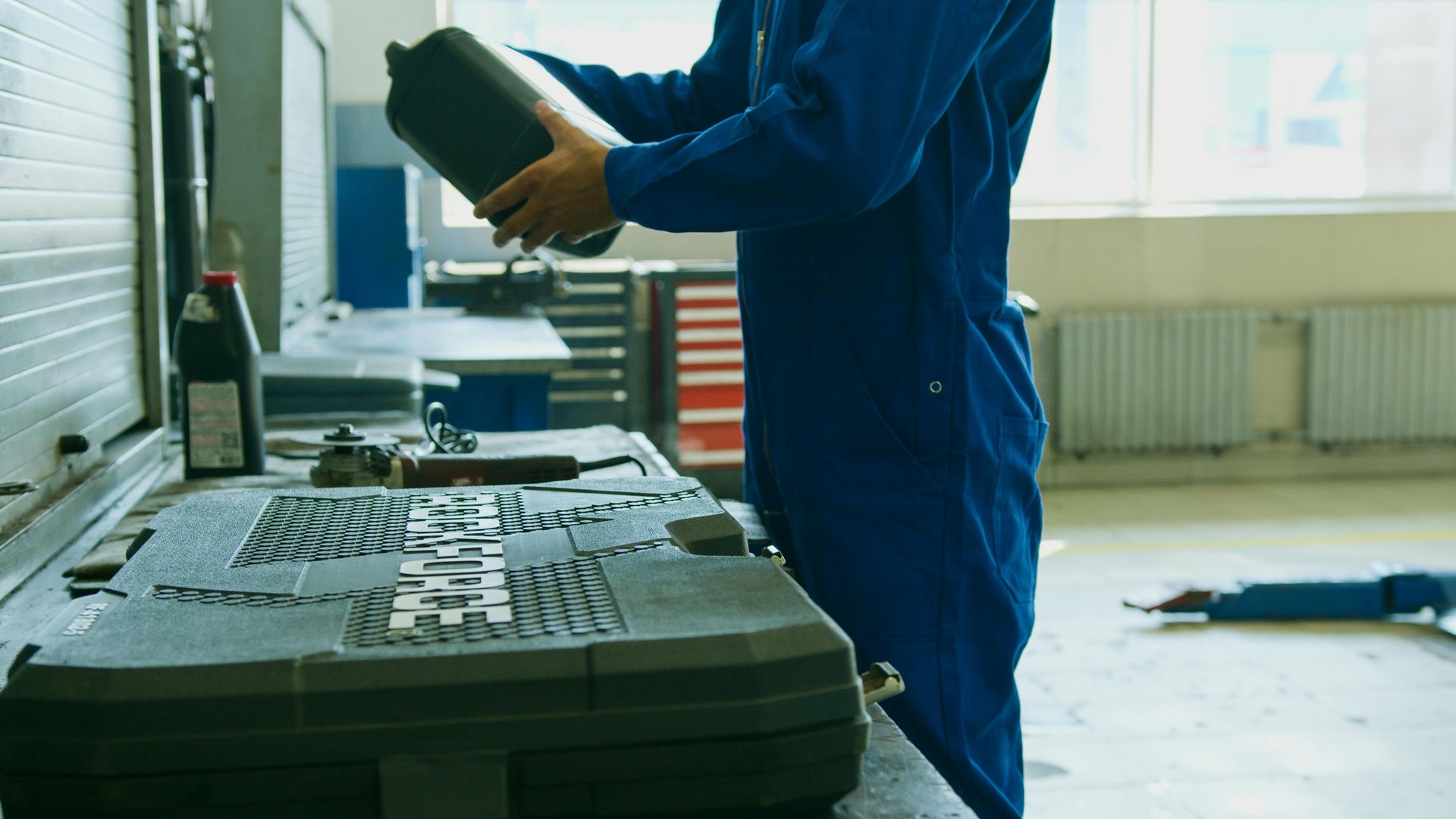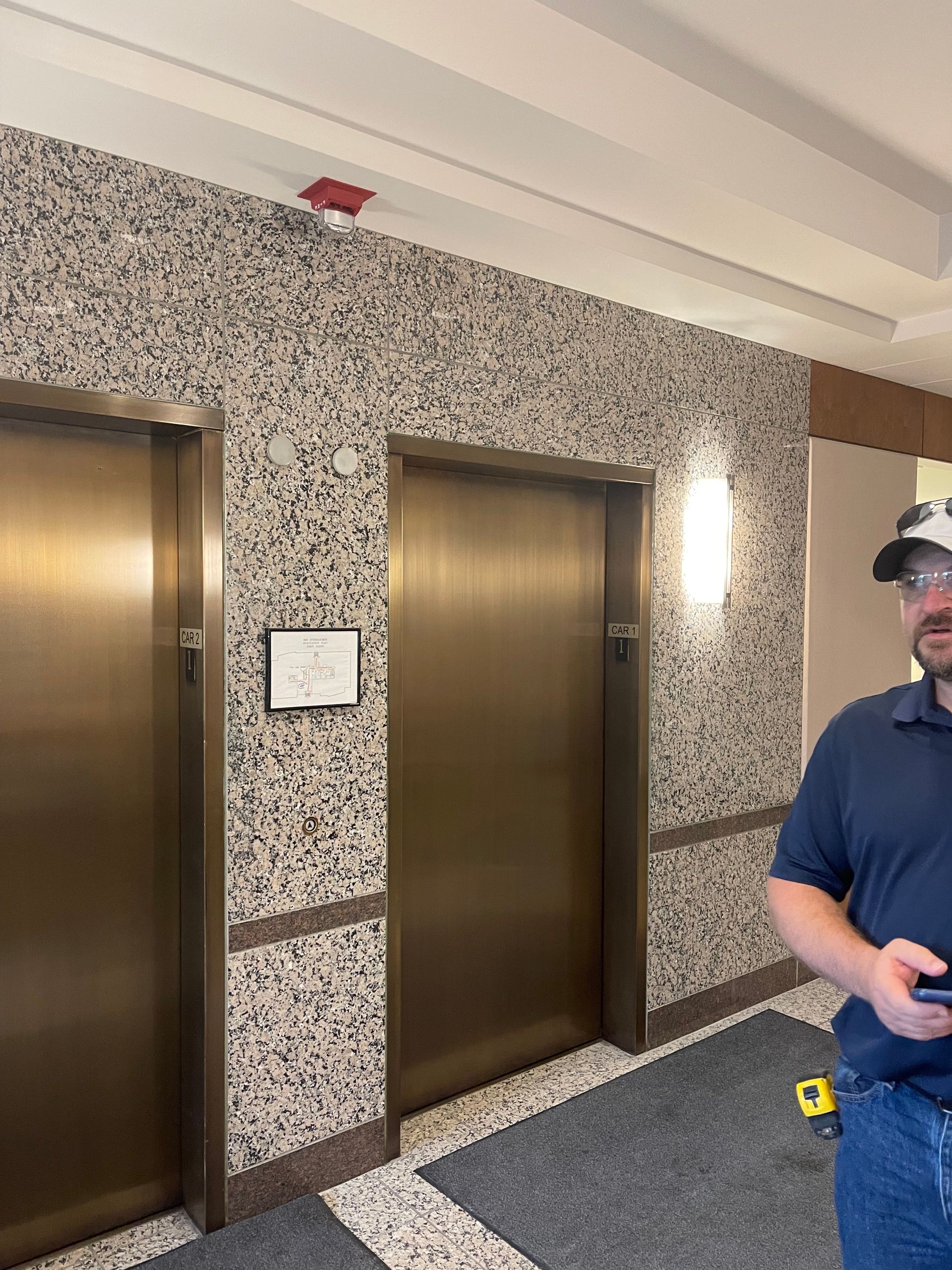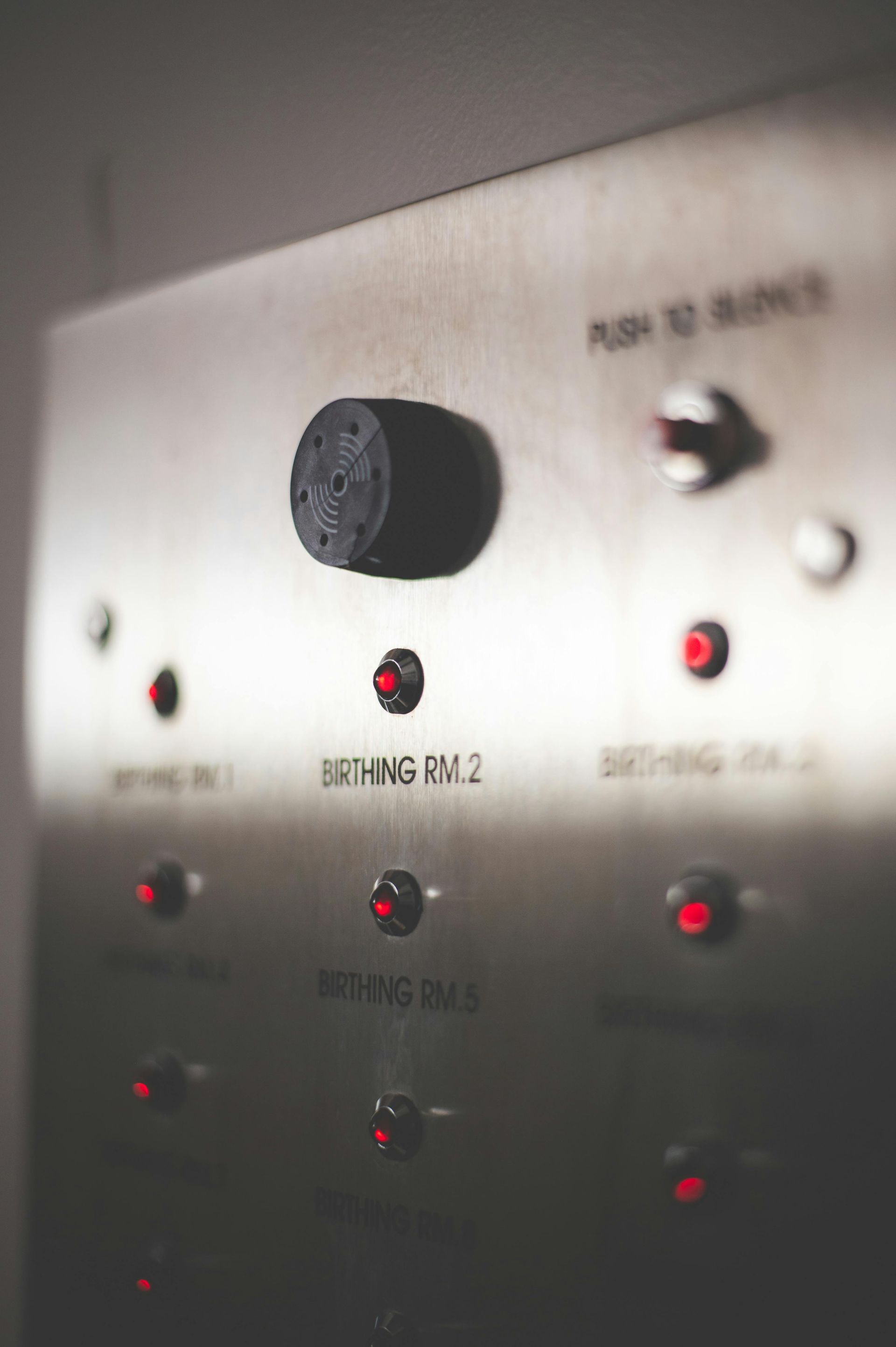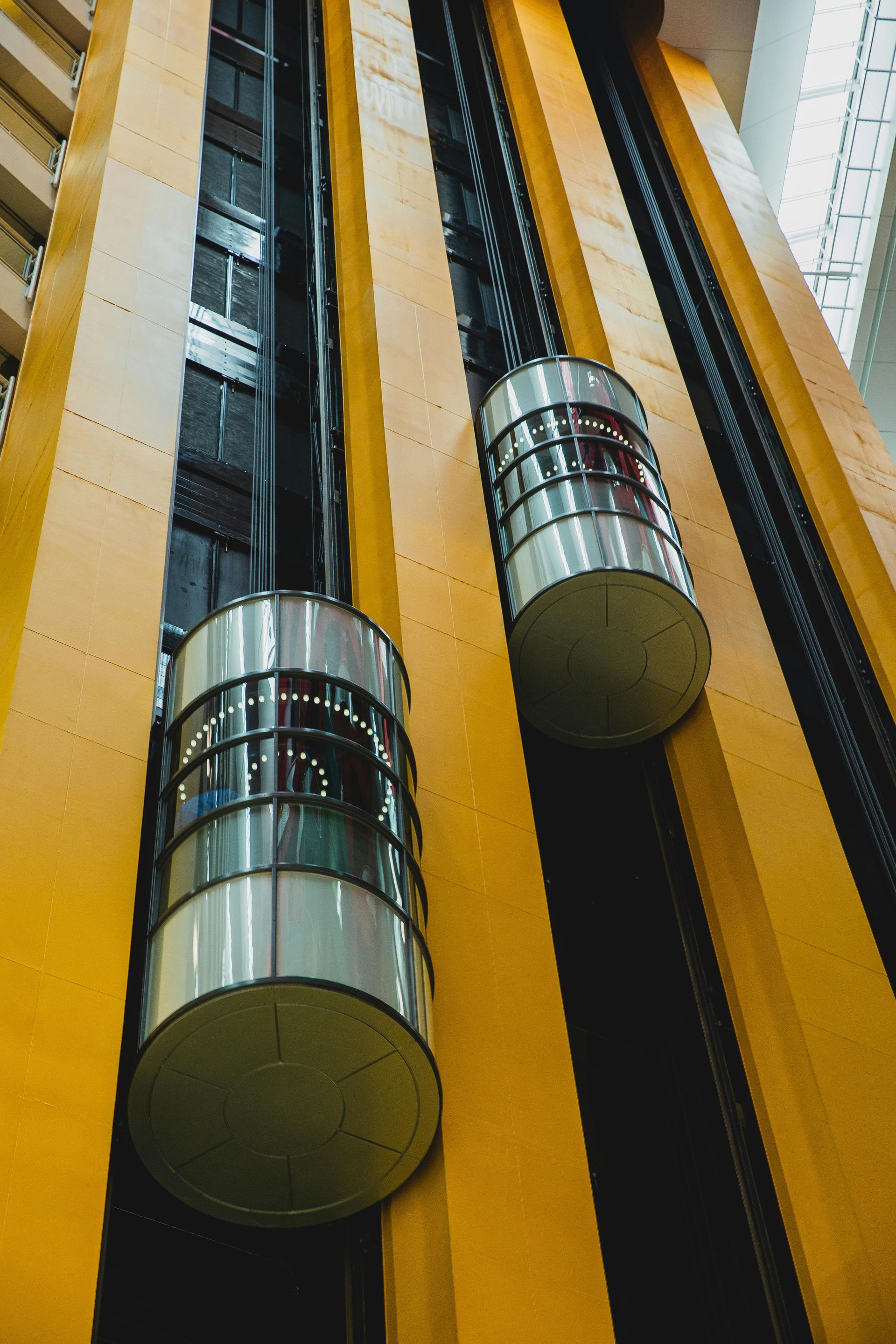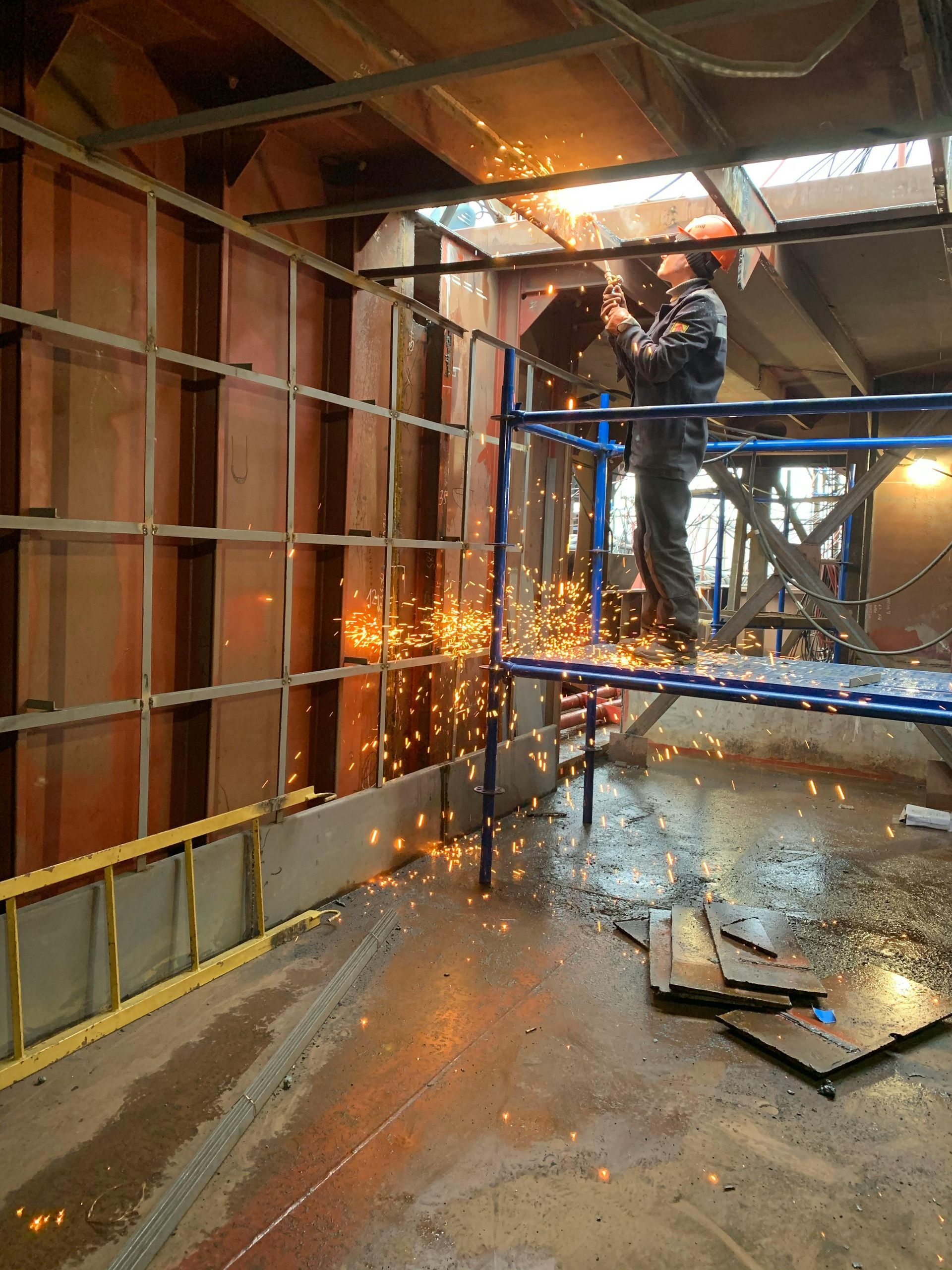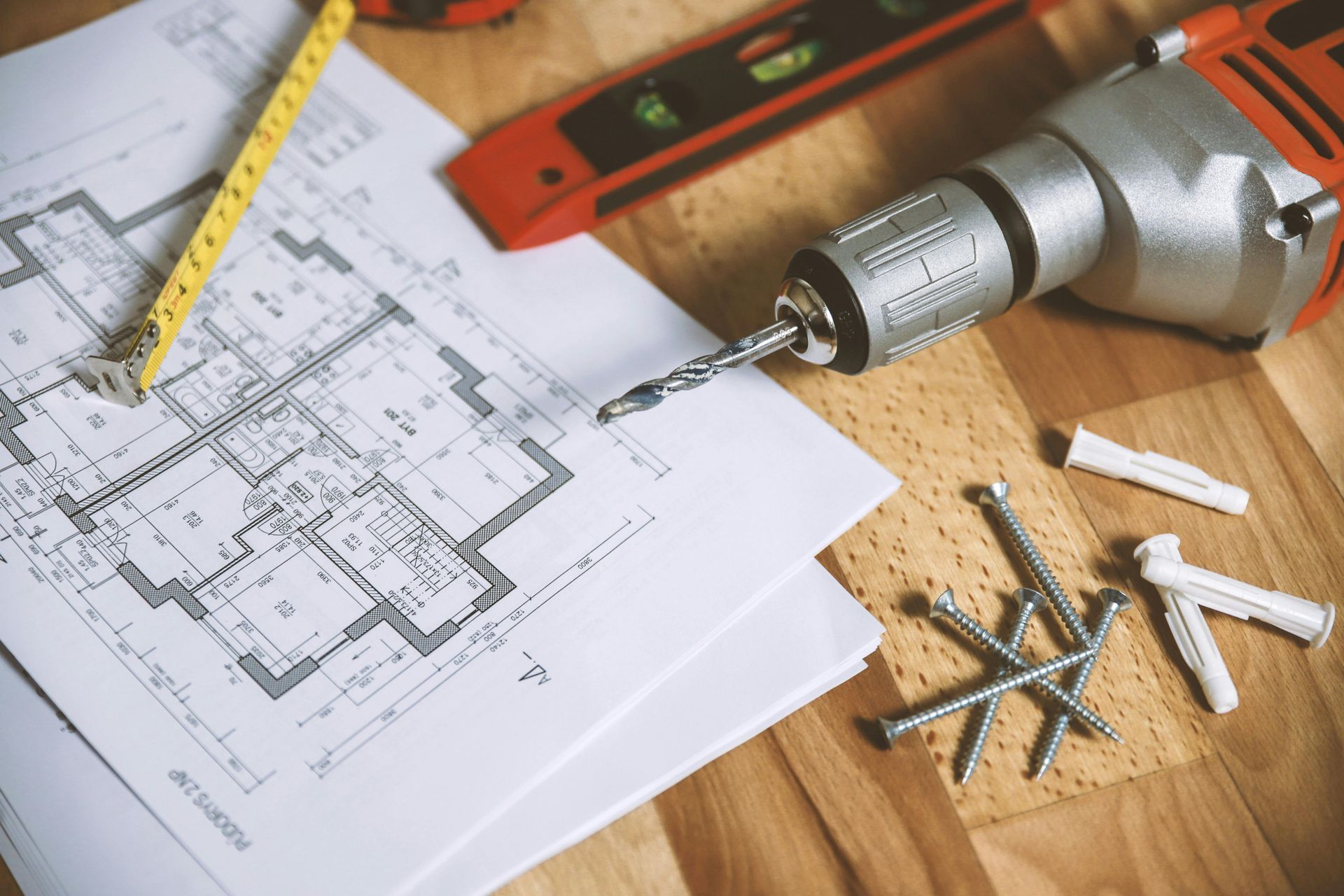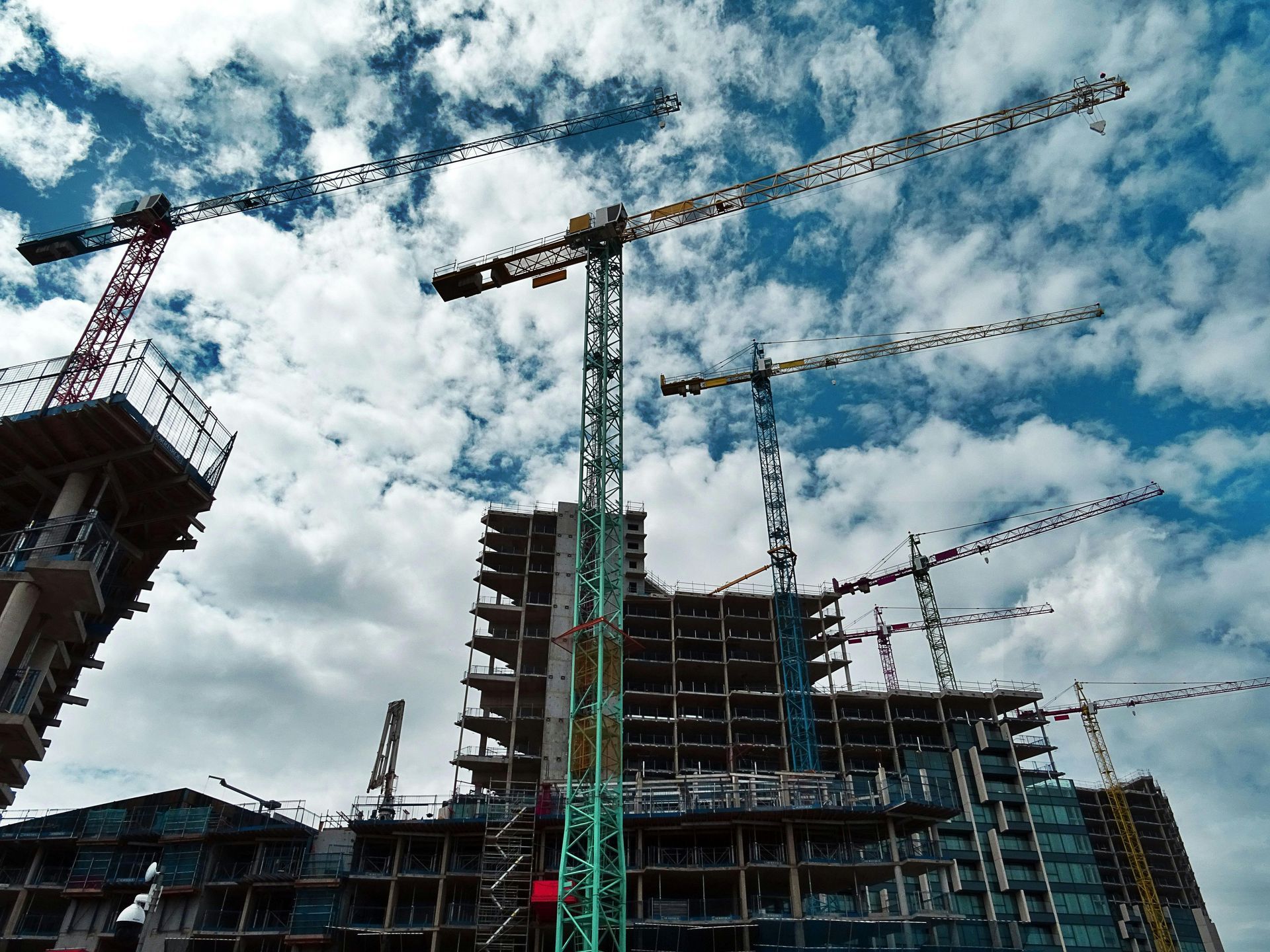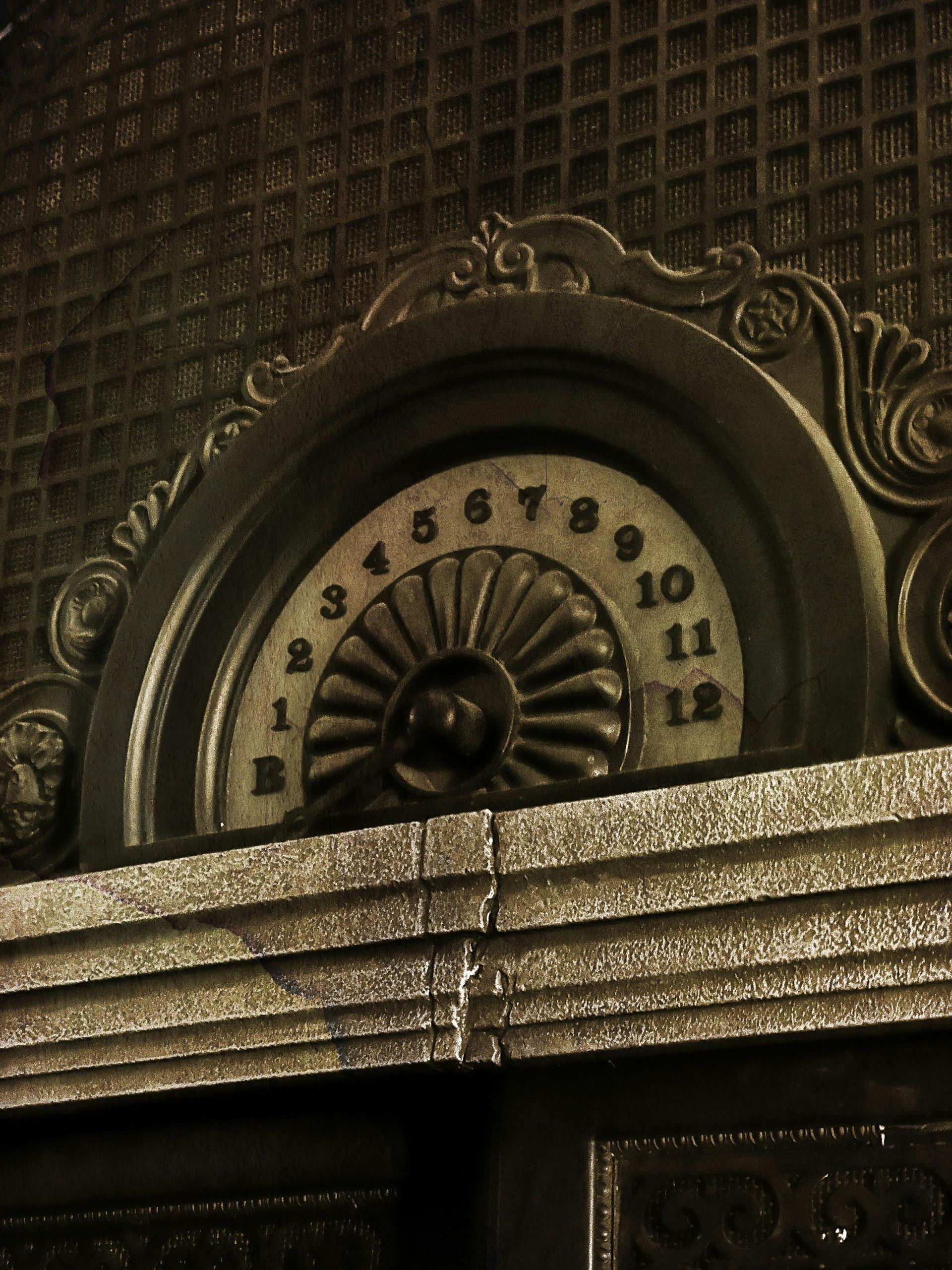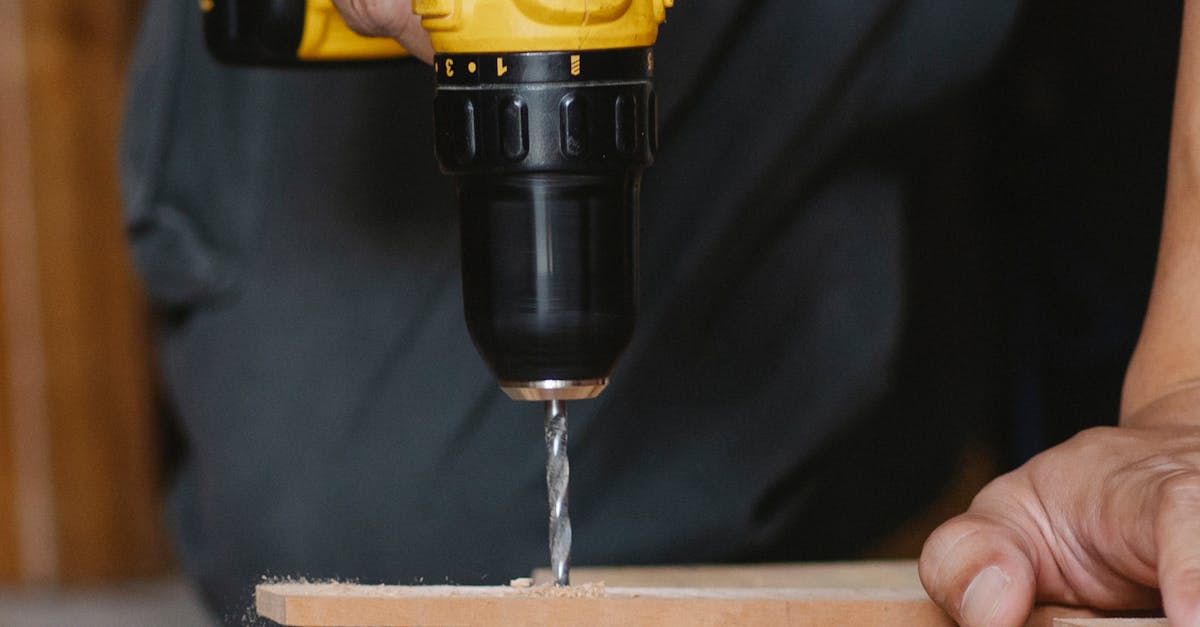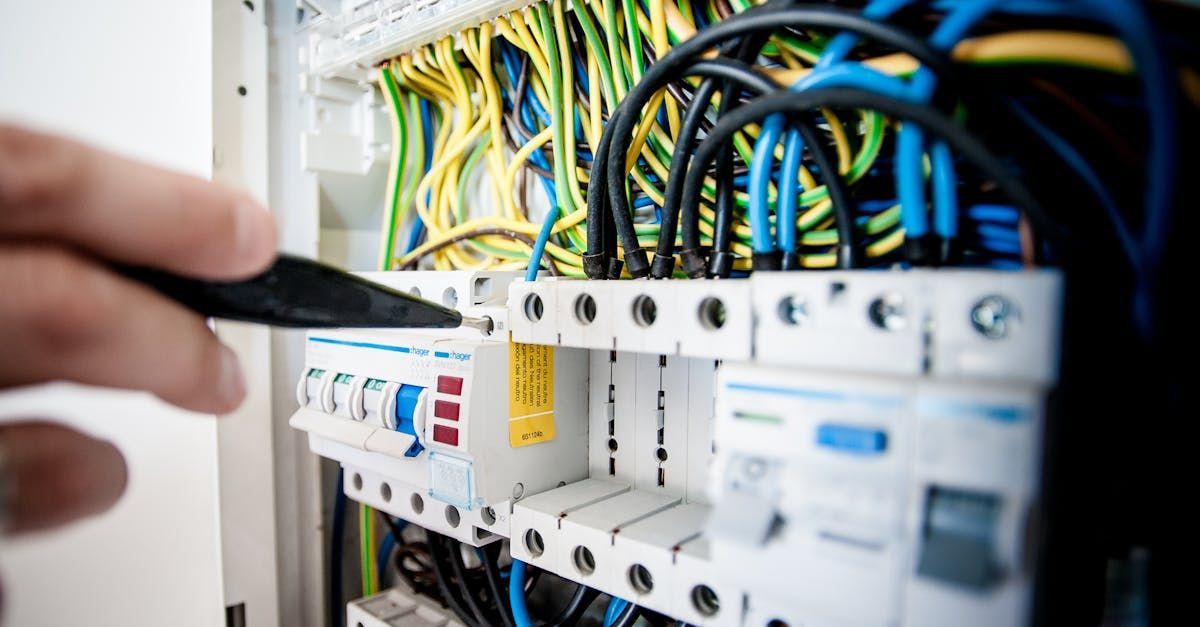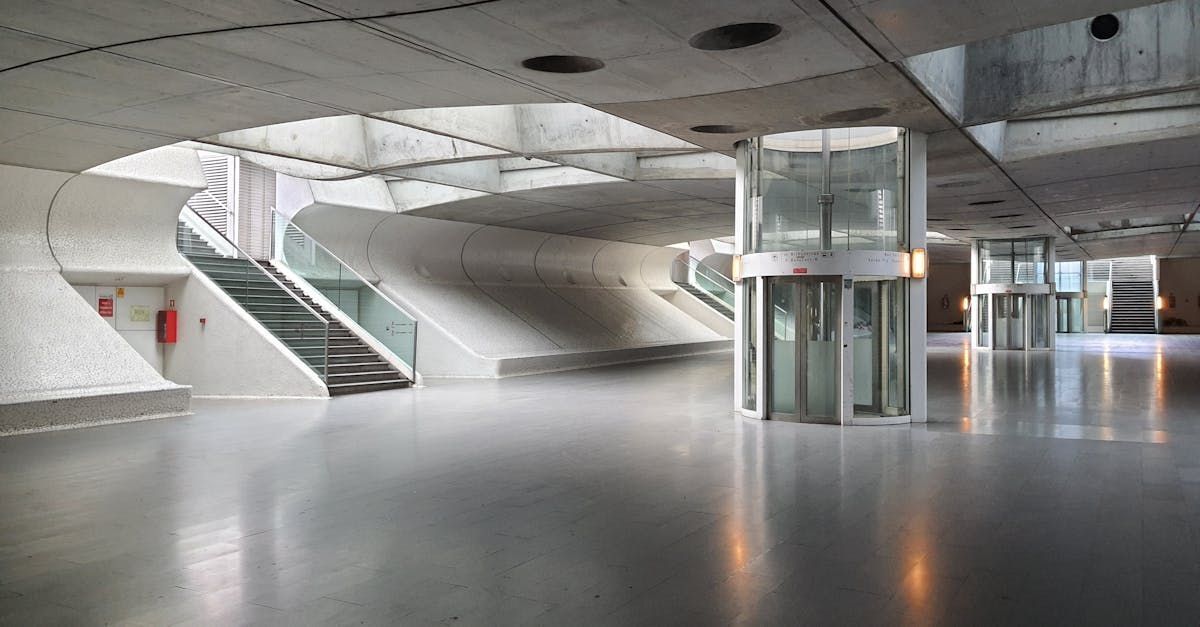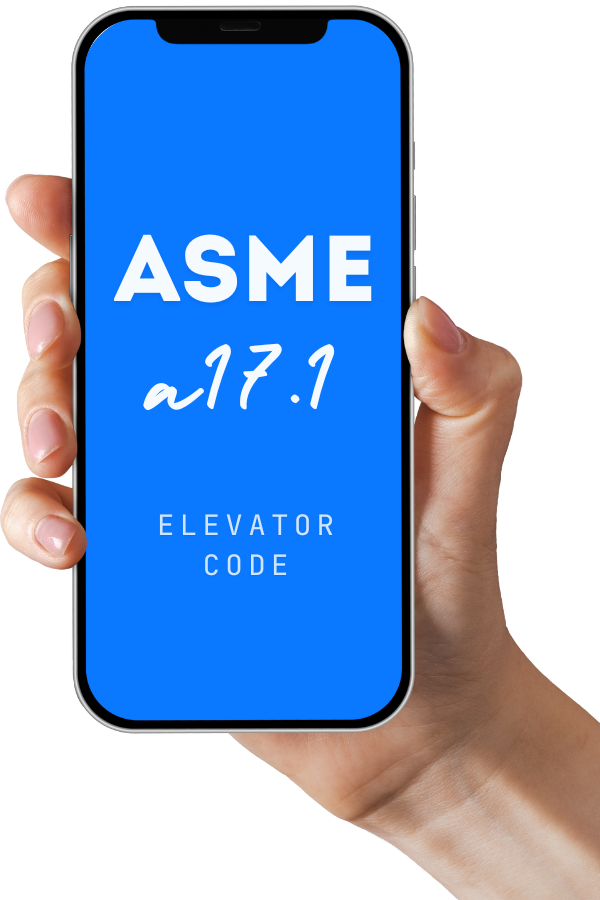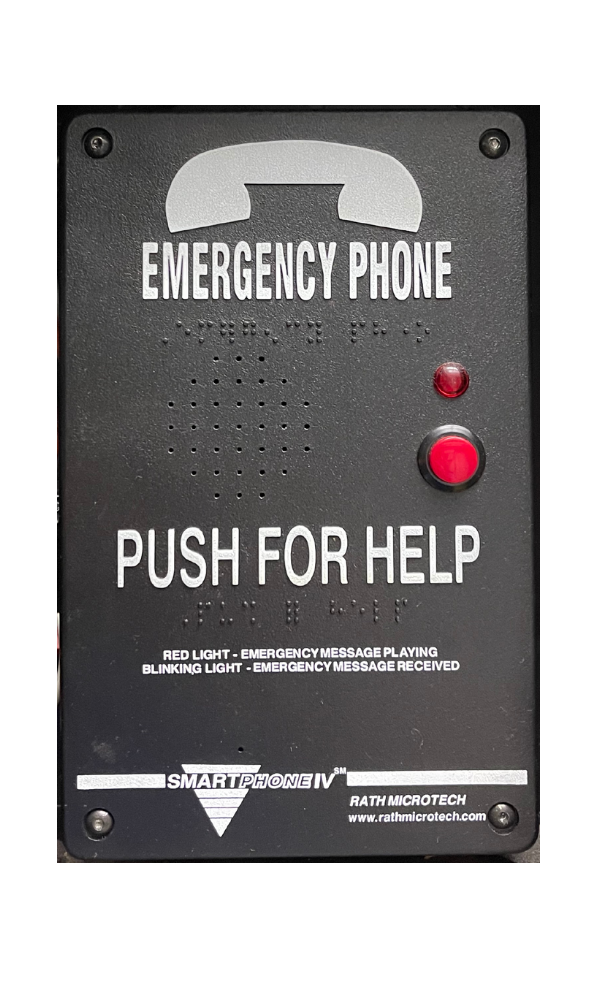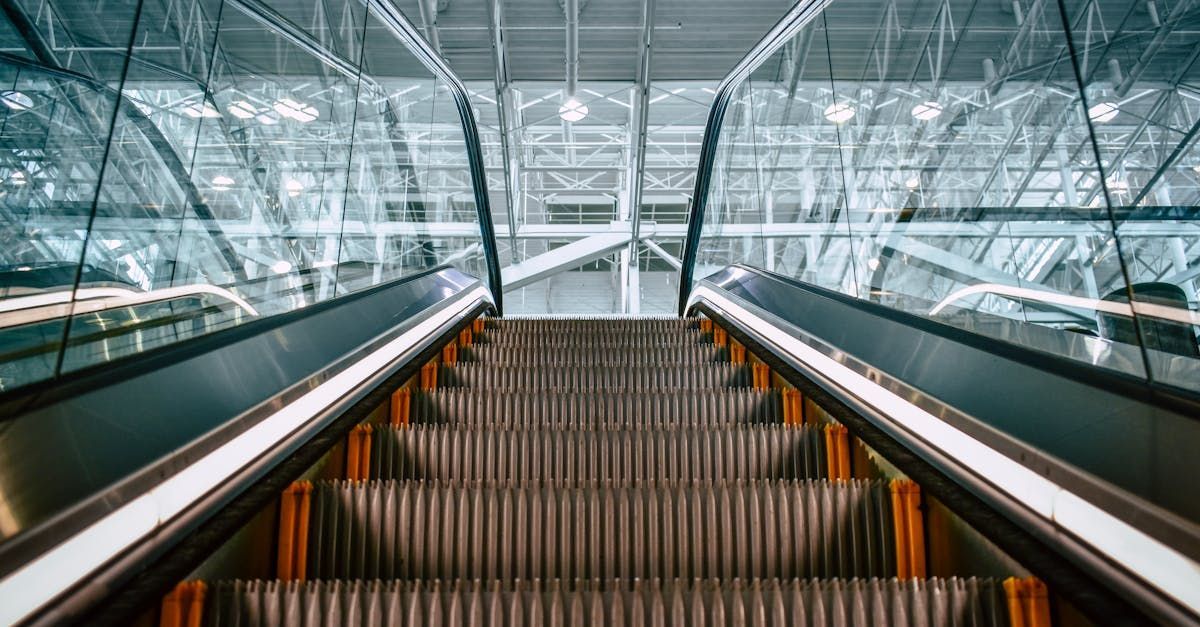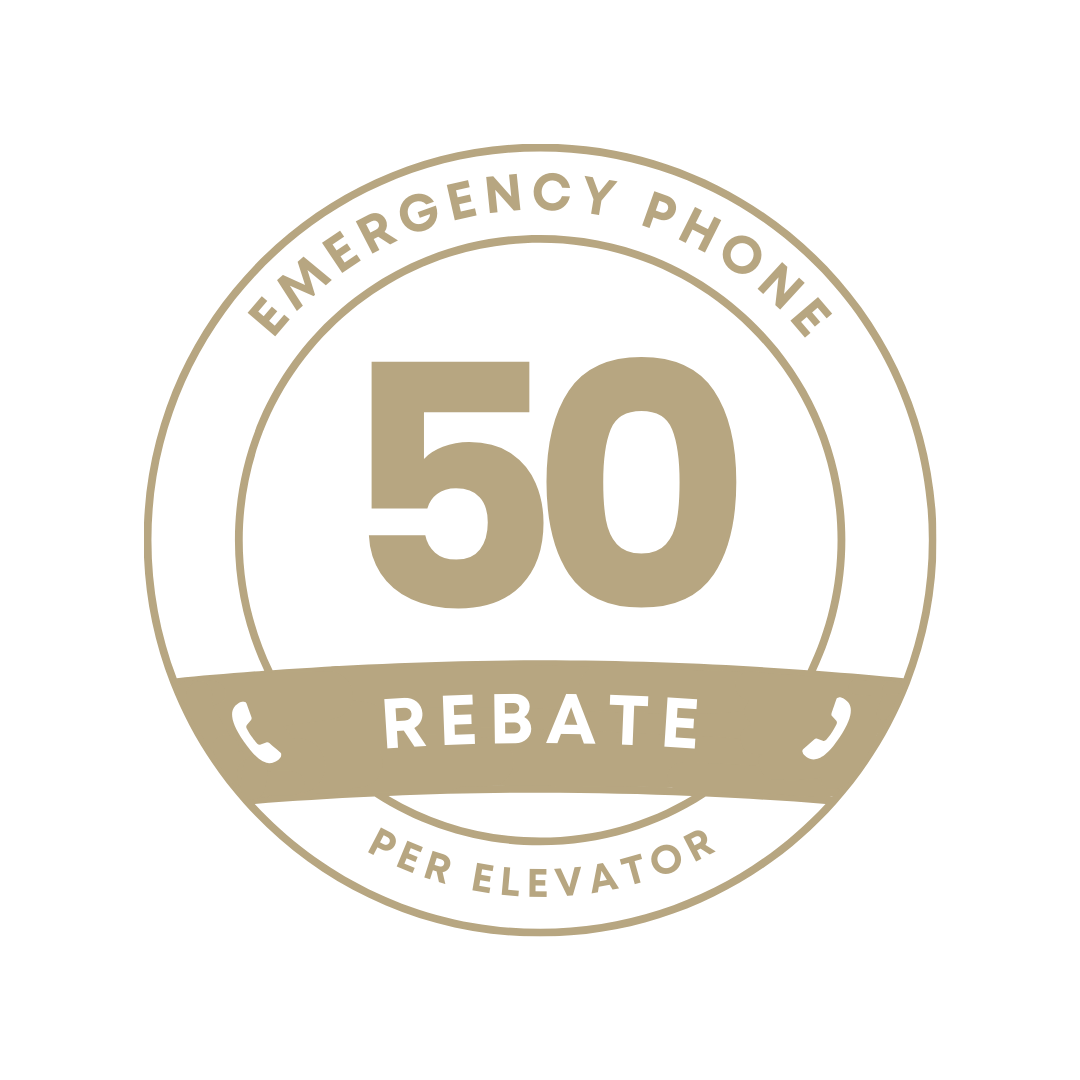Non Proprietary Elevator
Non-Proprietary Elevator: The New Normal
Key Highlights
- Non-proprietary elevators offer building owners greater flexibility and cost savings over the lifespan of their equipment.
- Unlike proprietary systems, non-proprietary elevators can be serviced by any qualified elevator company, fostering competitive pricing and superior customer service.
- With non-proprietary equipment, building owners are not locked into contracts with the original manufacturer for maintenance, repairs, or parts.
- Non-proprietary elevators adhere to industry standards, making sourcing parts and finding qualified technicians significantly easier.
- The ability to choose service providers based on customer satisfaction and competitive pricing contributes to lower total cost of ownership.
Introduction
The elevator industry is changing. More and more building owners want non-proprietary equipment. This change is happening because they want more flexibility, save money, and improve customer satisfaction. Proprietary equipment restricts their options and can lead to higher costs down the line. By choosing non-proprietary elevators, owners gain better control over their buildings. They can make choices that fit their specific needs.
Understanding Non-Proprietary Elevators
In the past, building owners had to stick to the original equipment manufacturer (OEM) for their elevator system. This proprietary system made it hard for them to find good options for maintenance, repairs, and parts replacement. As a result, they faced higher costs and possible service problems.
Non-proprietary elevators are a better choice. These systems follow industry standards. This means different qualified service providers can take care of their maintenance, repairs, and upgrades. This open setup gives building owners the freedom to pick a service provider they trust based on cost, reputation, and skills.
The Basic Differences Between Proprietary and Non-Proprietary Systems
Proprietary elevator systems have parts, control systems, and diagnostic software that only the original manufacturer provides. This means the manufacturer can control prices and when service happens. If the manufacturer is not available or is slow, it can lead to longer wait times for repairs.
Non-proprietary systems are different. They use standard parts and open technologies. This allows building owners to buy parts from many sources. It encourages competition and helps lower prices.
In addition, non-proprietary systems allow independent elevator companies to repair and service the units. Building owners can choose from more service providers. This can lead to quicker help and better service rates.
Key Features of Non-Proprietary Elevator Systems
Non-proprietary elevator systems offer an open design and follow industry standards, leading to:
- Greater flexibility: Building owners can pick from many service providers and parts suppliers. This competition can lower prices and speed up repair times.
- Transparency and control: These systems allow owners to access detailed documents. This makes maintenance and repairs easier. Owners can make smart choices about their elevator systems without relying on just one manufacturer.
Here are more benefits of non-proprietary elevators:
- Reduced repair costs: Using standard parts from different suppliers creates more competitive prices, which lowers repair costs.
- Access to more technicians: Non-proprietary systems do not need special tools or knowledge. This allows building owners to hire from a larger group of skilled technicians.
Benefits of Choosing Non-Proprietary Elevators
Choosing a non-proprietary elevator system has many benefits for building owners. It helps lower immediate costs and saves money in the long run. When you can pick parts and services from different vendors, it creates competition in the market. This can mean cost savings for owners.
But there are more benefits than just saving money. Non-proprietary systems give owners better control over elevator maintenance. They also make sure that the elevators meet industry standards. This makes it easier to upgrade or modernize in the future. It also keeps the system ready for fast changes in the elevator industry.
Flexibility in Maintenance and Repairs
A big benefit of non-proprietary elevators is that they are flexible for maintenance and repairs. Building owners do not have to stick to exclusive contracts with the original equipment manufacturer. They can choose to work with any qualified elevator service provider.
This choice helps building owners focus on customer satisfaction, competitive pricing, and quick service. They can pick a service provider that meets their specific needs and budget. This leads to a better and clearer relationship.
Also, having many service providers means that building owners are not at risk of delays or high fees that can happen when relying on just one OEM. This flexibility offers more peace of mind and helps manage the building better.
Cost Efficiency Over Time
Non-proprietary elevators can save a lot of money for building owners over time. Owners can take advantage of the open market. This helps them get better prices on parts, maintenance, and repairs. This is very different from proprietary systems. With those, owners often have to deal with the pricing of only one company.
When owners can choose from different service providers, it lowers their operational costs. They do not have to worry about high service fees or buying parts only from the original manufacturer.
This way gives owners clearer pricing and better control over their budgets. Non-proprietary elevators are a smart financial choice. The long-term cost savings can be quite large, which helps the building's operational budget.
Enhanced Access to Parts and Services
One big advantage of non-proprietary elevator systems is that they make it easier to get parts and services. Unlike proprietary equipment, which has special and often costly parts, non-proprietary systems use standard components that you can find in the open market.
Having easy access to spare parts brings several benefits for building owners. First, it encourages competition among suppliers. This competition can lead to better pricing and quicker delivery times.
Second, it lowers the risk of having to wait for parts from only one manufacturer, which can cause downtime.
Building owners can get parts and services from different vendors. This gives them more control over the maintenance and repairs of their elevator system. With this flexibility, they do not have to rely on just one OEM. This leads to a more efficient and cost-effective way to manage elevators.
Installation and Modernization Considerations
When building a new building or updating an old one, smart planning for installing elevators and future improvements is very important. It's a good idea to hire an experienced elevator consultant during the design phase. They can help you choose the best elevator system for what your building needs and plan for future upgrades.
If you have an existing building that needs modern upgrades, it’s key to look into changing to a non-proprietary system. The long-term advantages, like more flexibility, cost savings, and better access to expert help, usually are worth the early costs it takes to switch from a proprietary system.
Planning for Future Needs and Upgrades
In new building projects, using a non-proprietary elevator system from the start is a smart choice. This decision helps the building stay modern and lets the elevator adapt to changing needs and new technology without needing major changes down the line.
When updating elevators in older buildings, switching to a non-proprietary system is usually a good move. While you may have to pay some costs at first to change proprietary components, the long-term benefits, like flexibility and savings on maintenance, are worth the initial expense.
To future-proof an elevator system, you should think about how long the building will last, possible changes in how it is used, and upcoming tech advancements. A non-proprietary system provides the flexibility and strength needed to handle these changes well.
Navigating the Modernization of Existing Elevator Systems
Modernizing an existing elevator system can significantly improve its safety, reliability, efficiency, and aesthetics. However, if the existing system is proprietary, it's essential to carefully evaluate the implications of upgrading or replacing components. In some instances, obtaining replacement manuals or compatible
By carefully addressing these factors and partnering with a knowledgeable elevator modernization company, building owners can ensure a smooth transition.
Conclusion
Non-proprietary elevators provide a smart way to handle maintenance and operation. They offer better flexibility and save costs. You can also find parts and services more easily. These features make them a great fit for new buildings. When you think about future needs and upgrades during setup or updates, you can maintain good performance in the long run. Using non-proprietary systems makes building operations better and allows for easier upgrades as technology changes. Choosing non-proprietary elevators means getting a reliable and efficient option for vertical transportation in the future.
Frequently Asked Questions
What Makes an Elevator System Non-Proprietary?
An elevator system is non-proprietary when its control systems, diagnostic software, and key parts are not only managed by one manufacturer. This means that skilled elevator contractors can take care of and fix the equipment. As a result, building owners have more options for elevator service.
How Can Non-Proprietary Elevators Reduce Overall Building Operating Costs?
Non-proprietary elevators can lower operational costs. They allow building owners to pick their elevator service provider and parts suppliers from a competitive market. This choice can lead to big savings in elevator maintenance and repairs as the equipment is used over time. This is different from the real costs of proprietary equipment, which can be higher.

